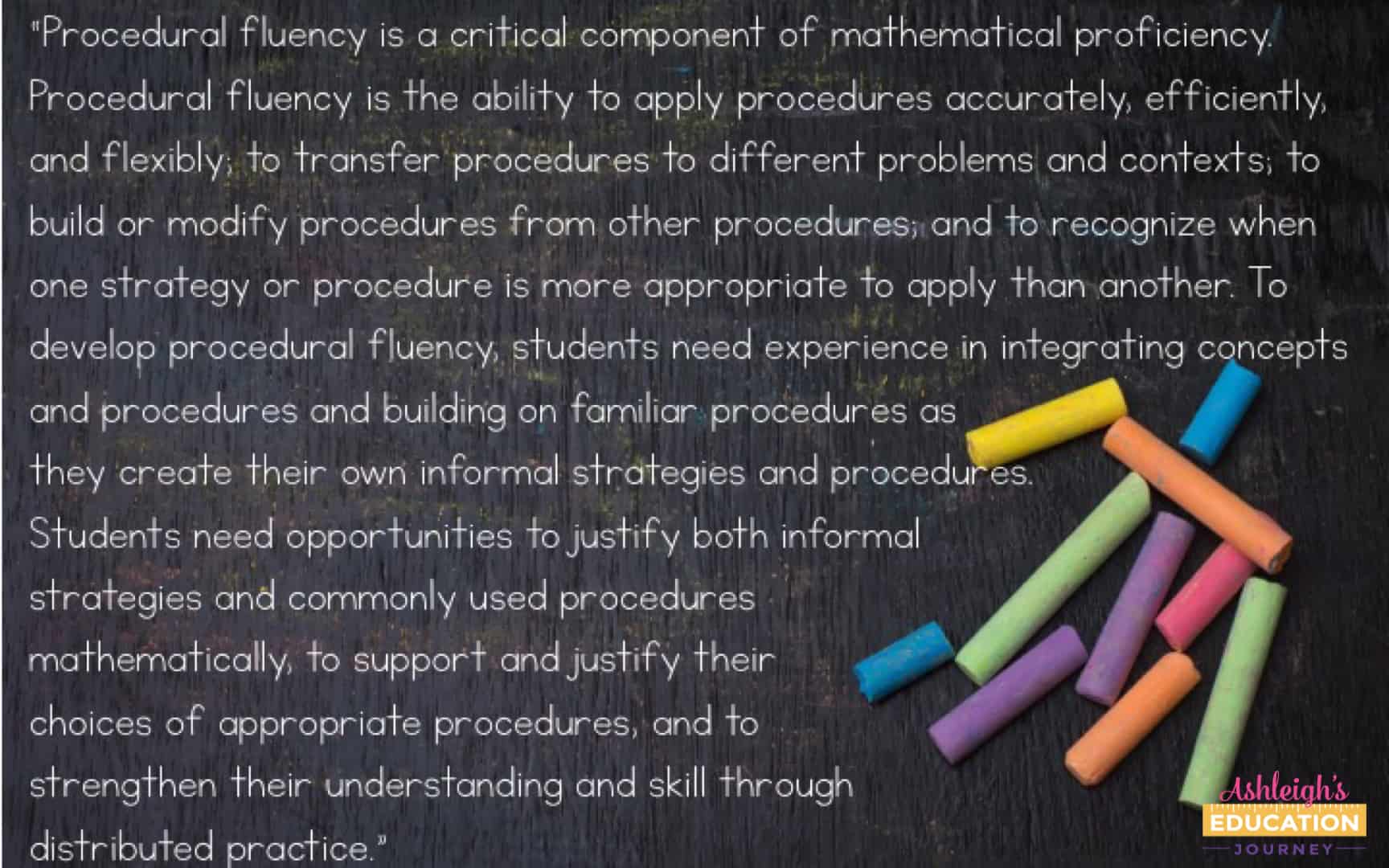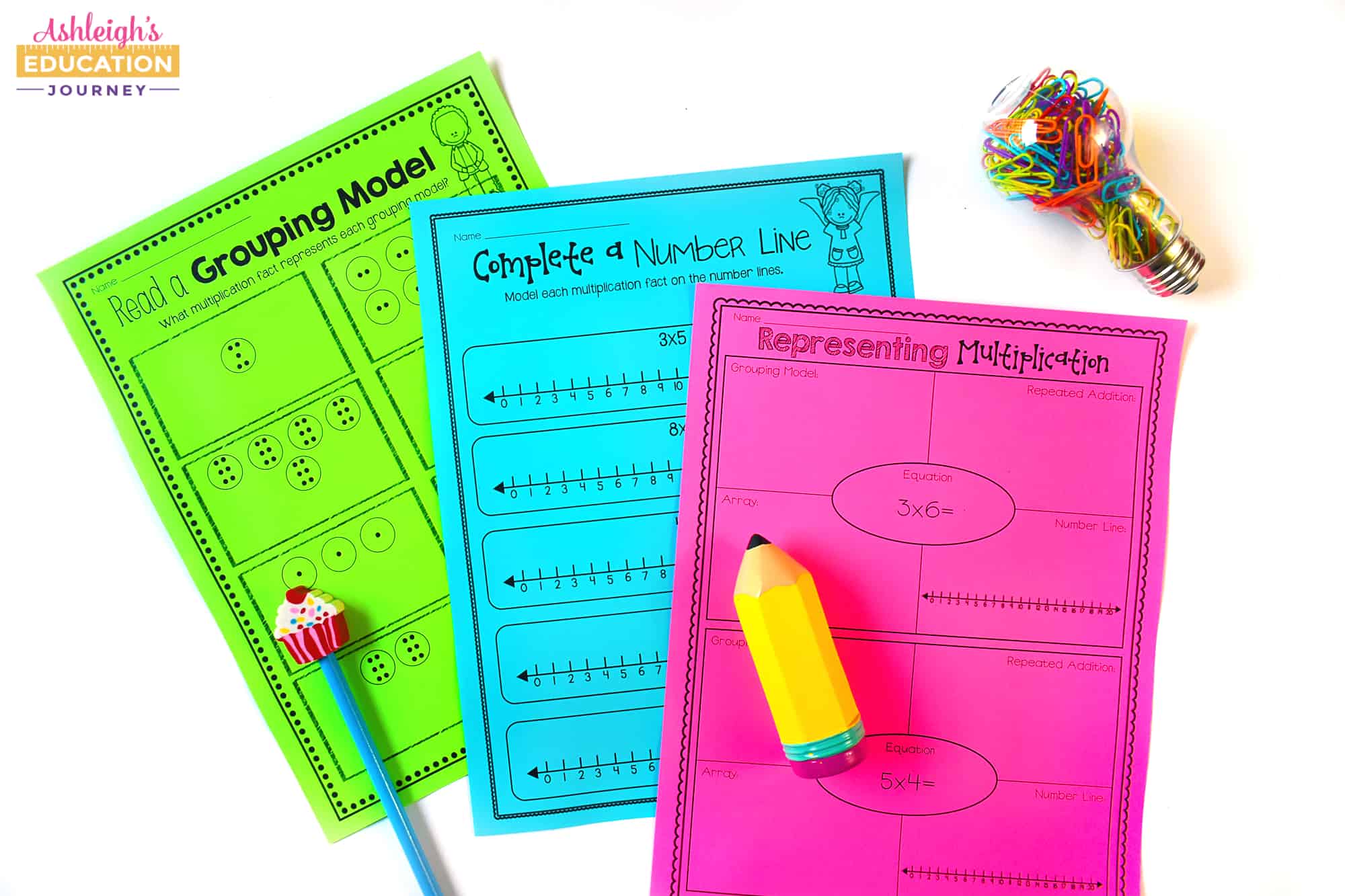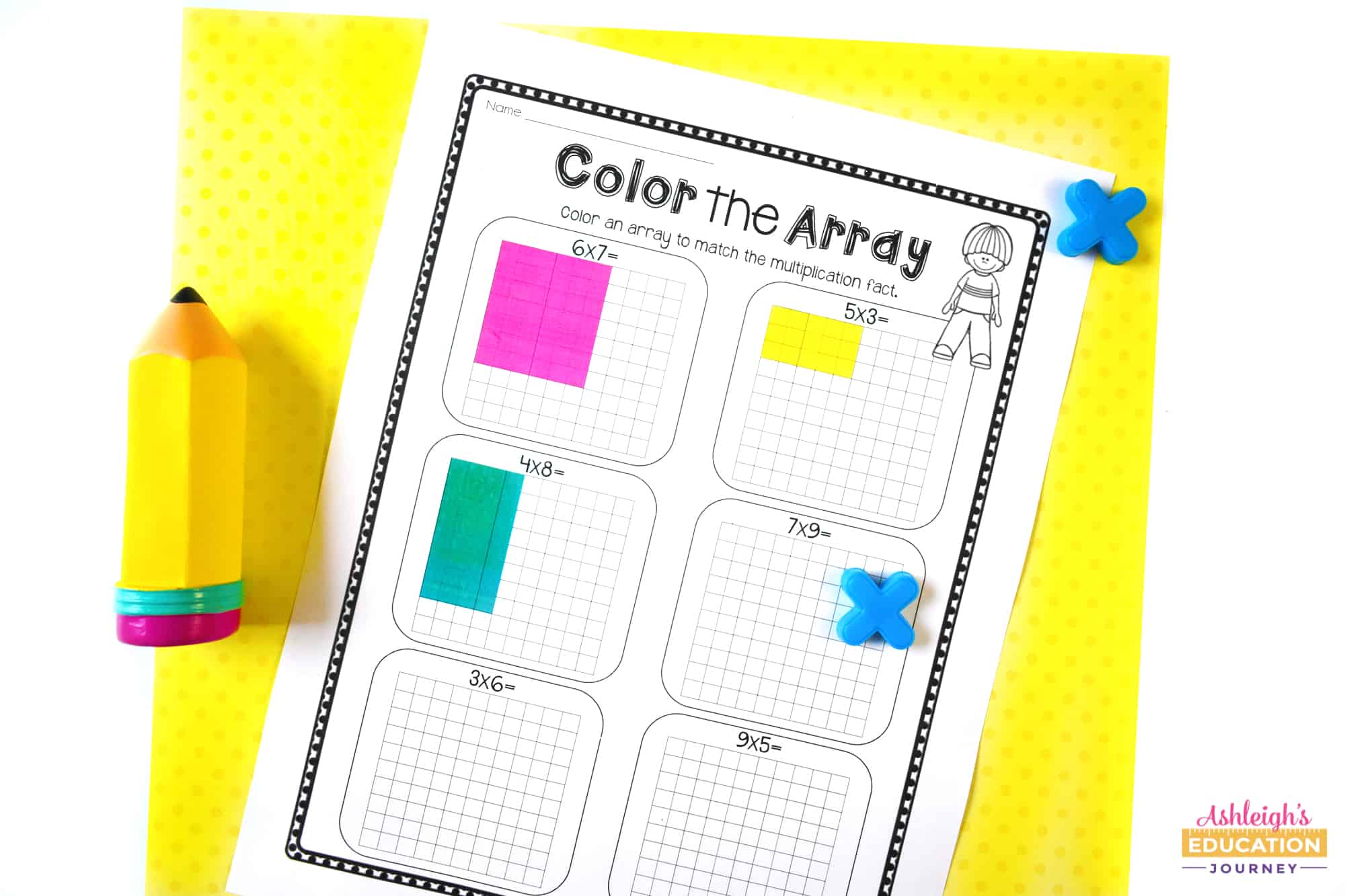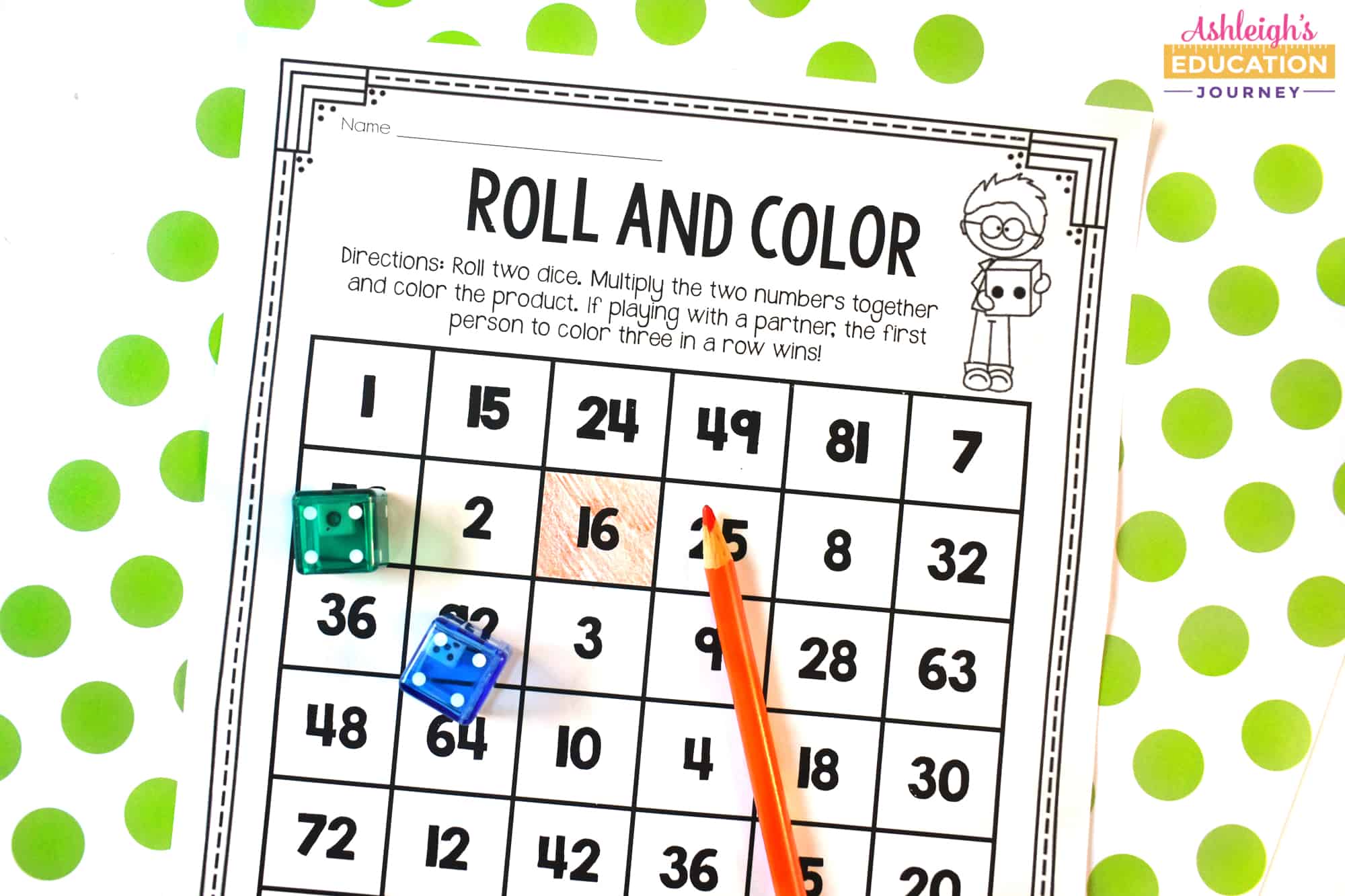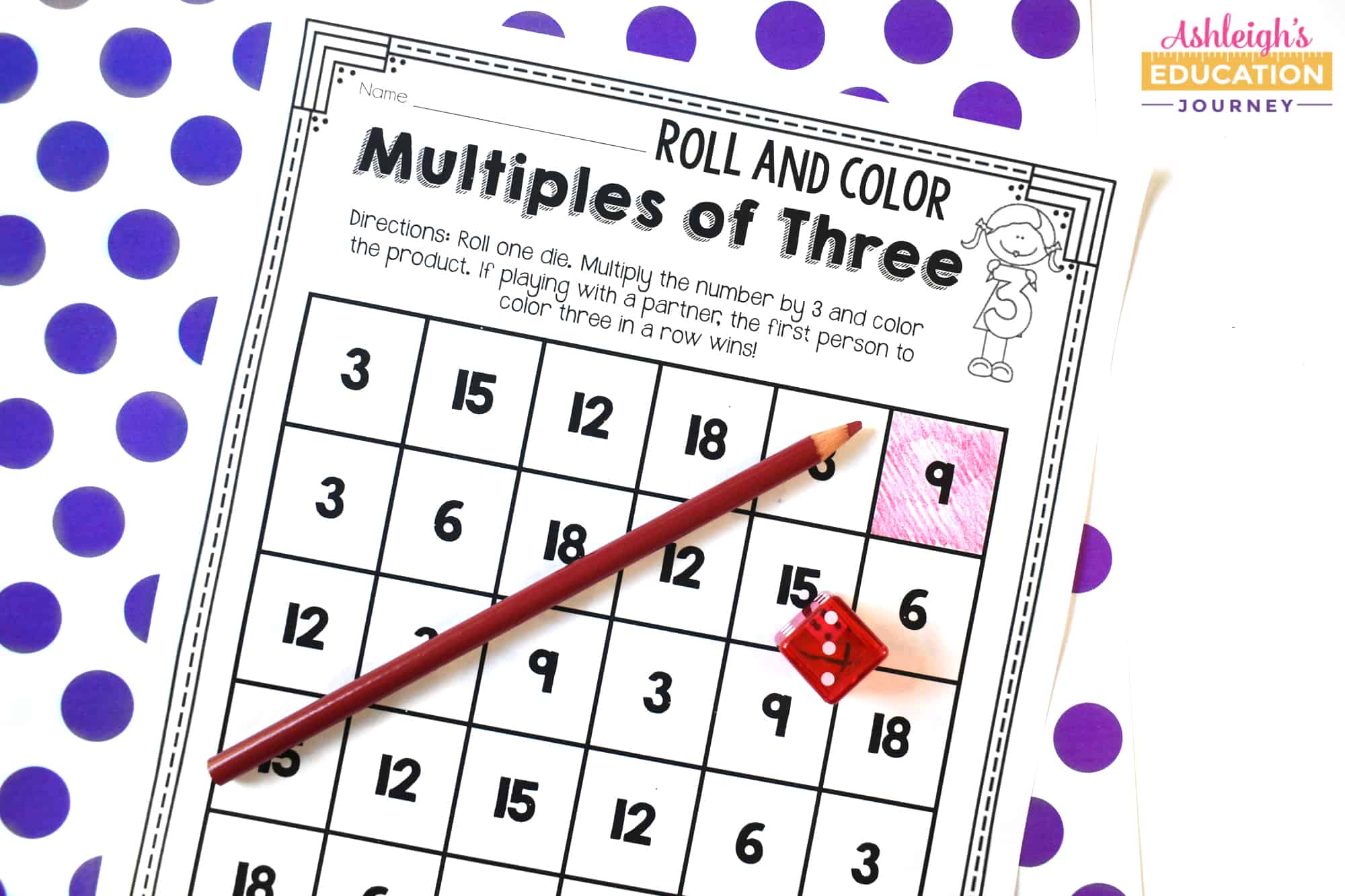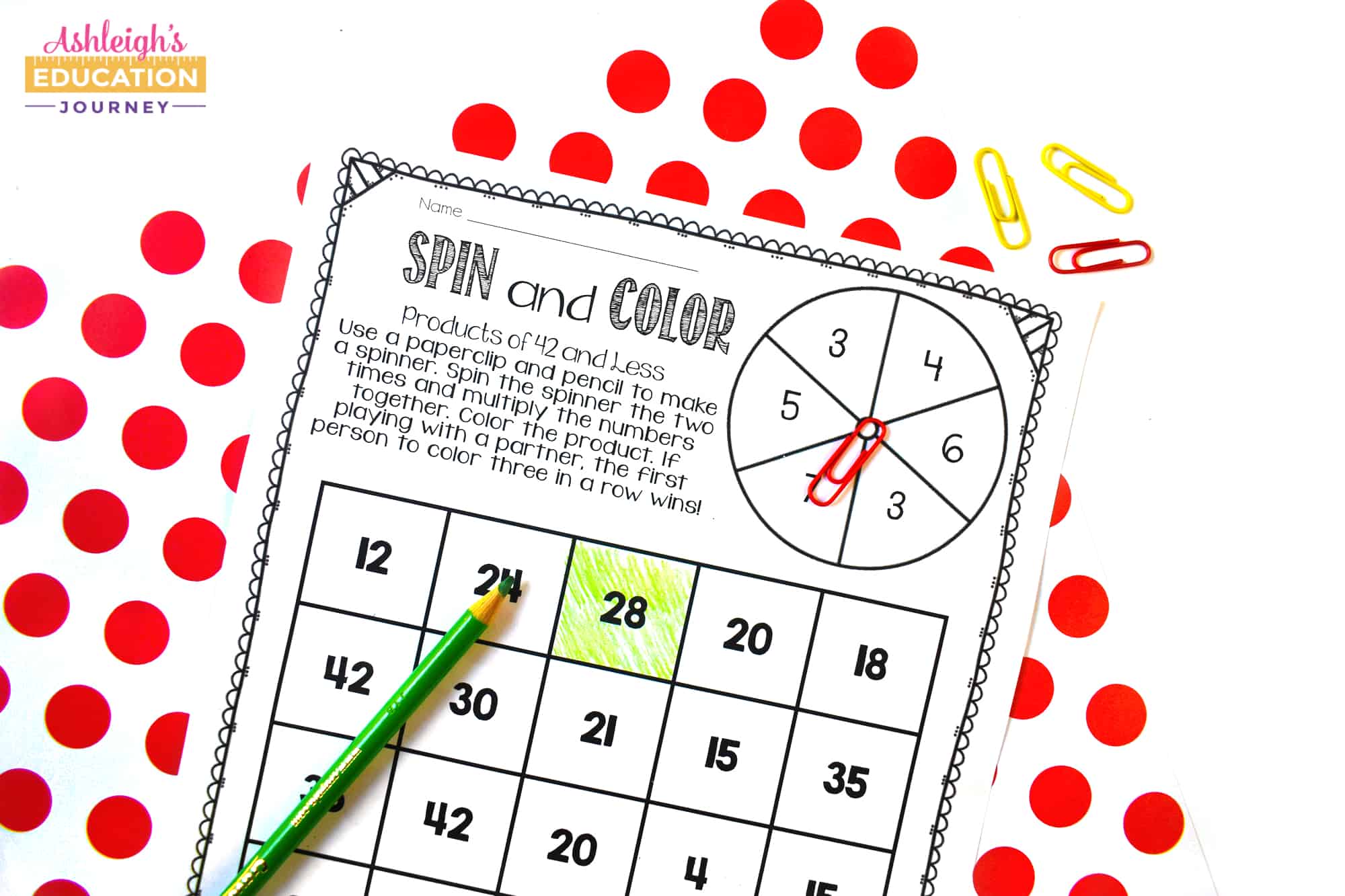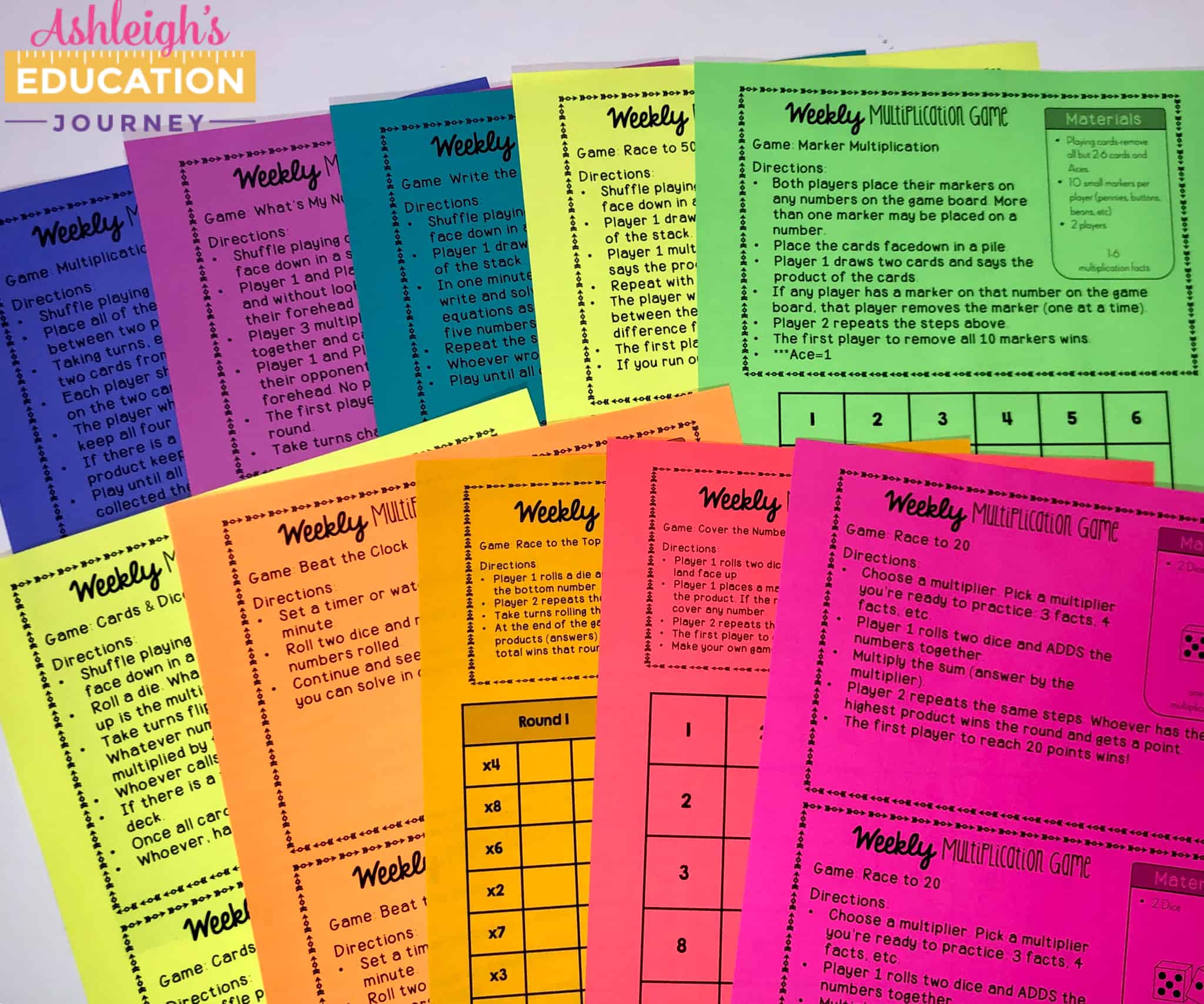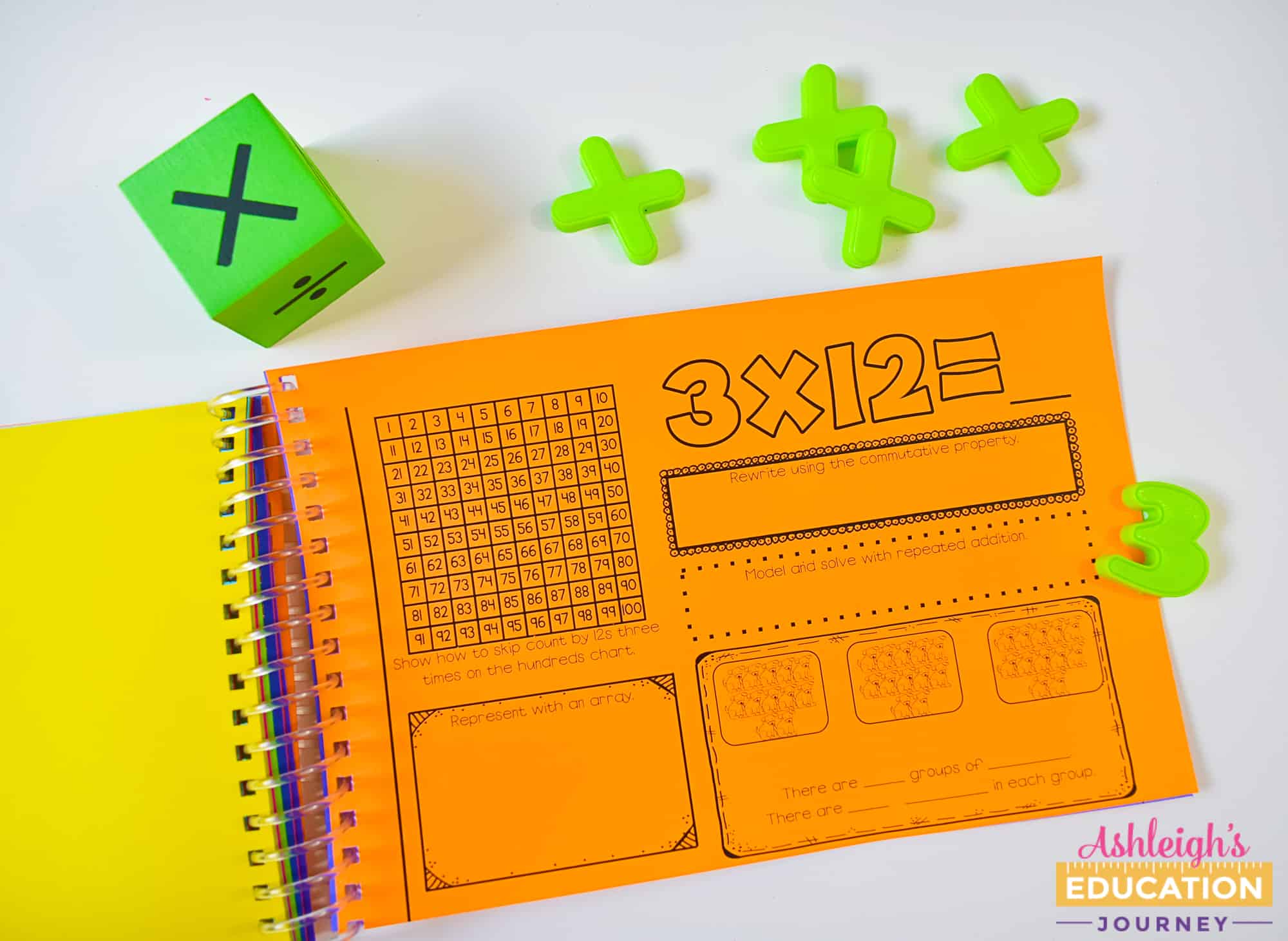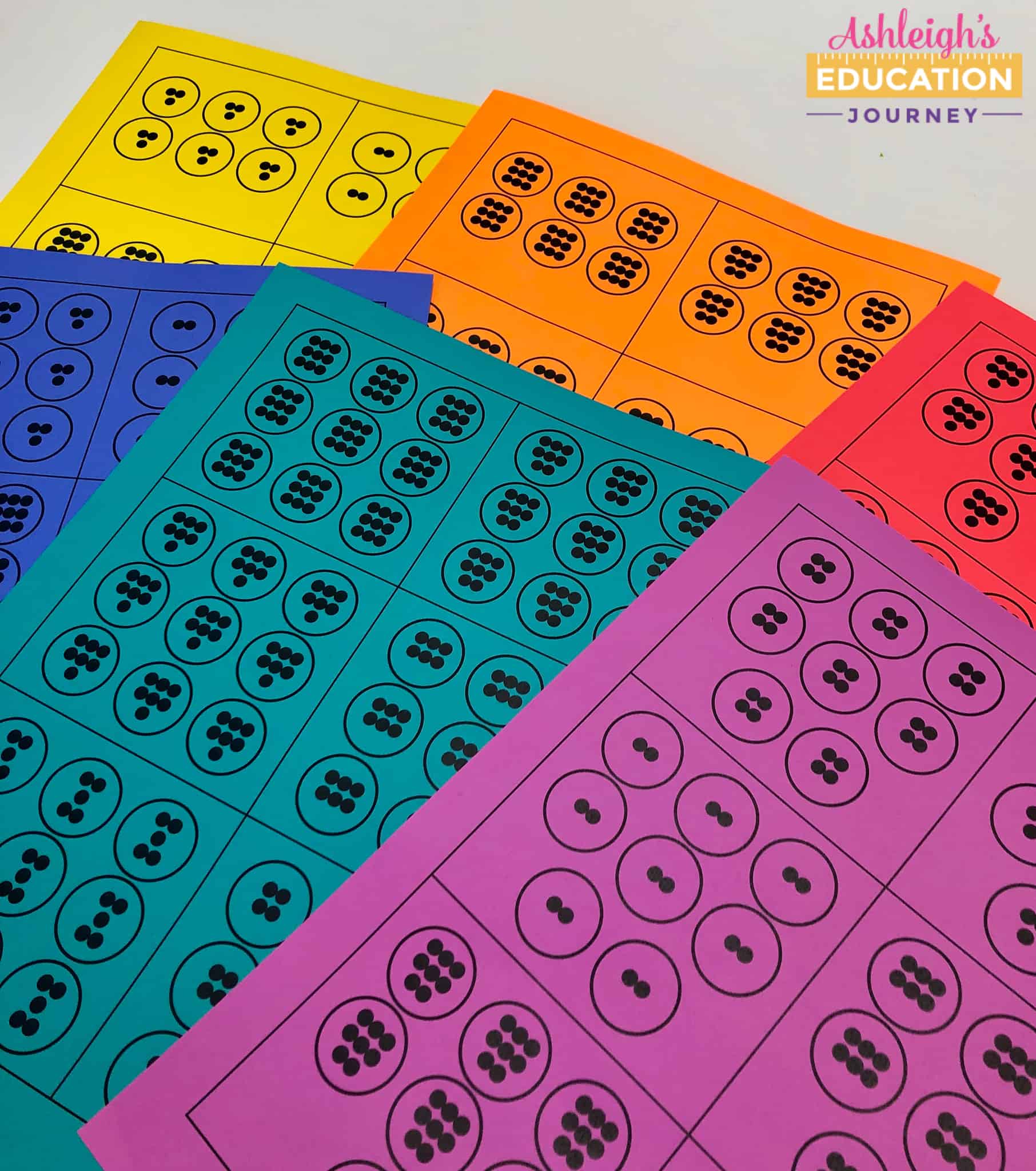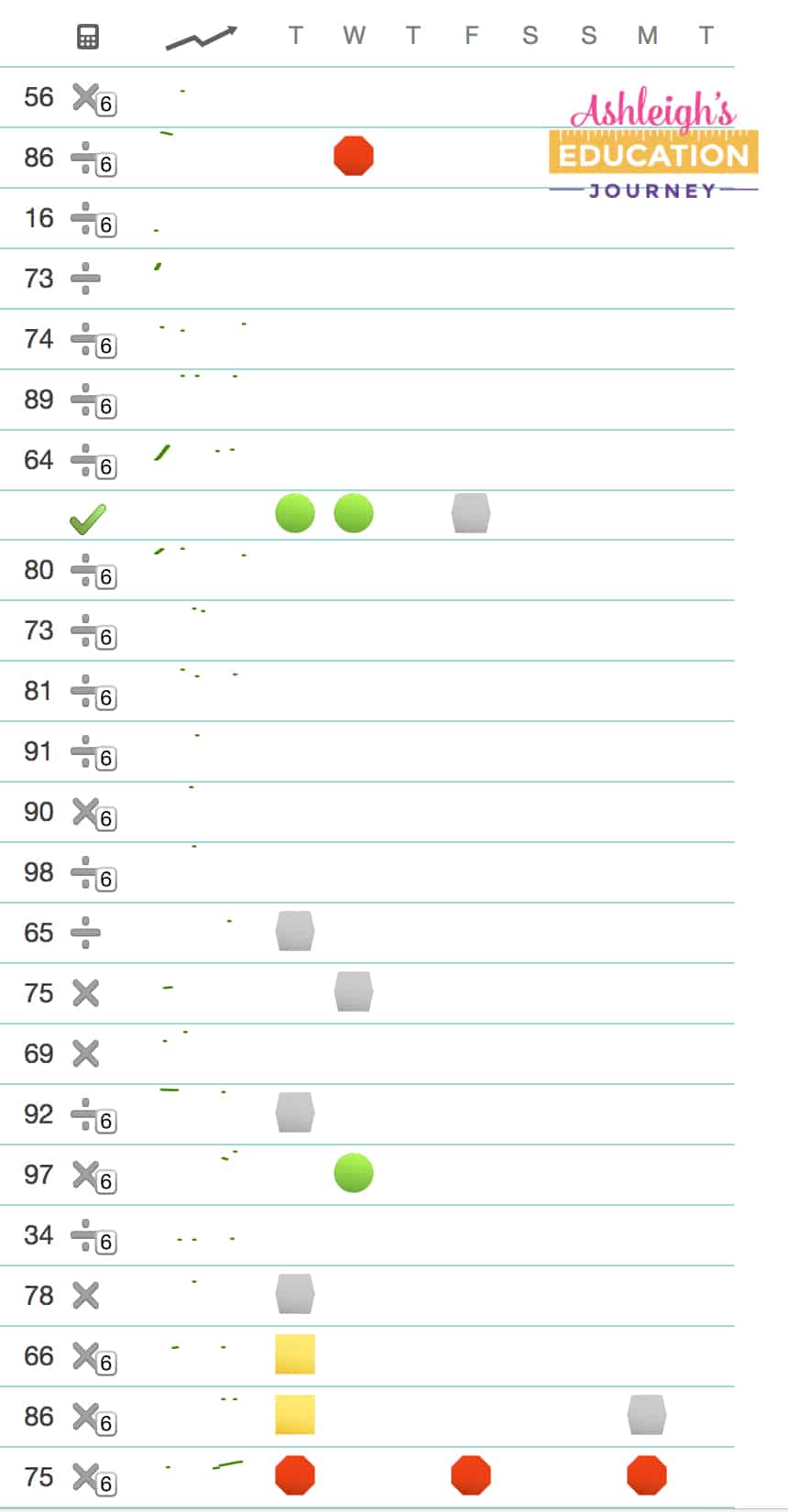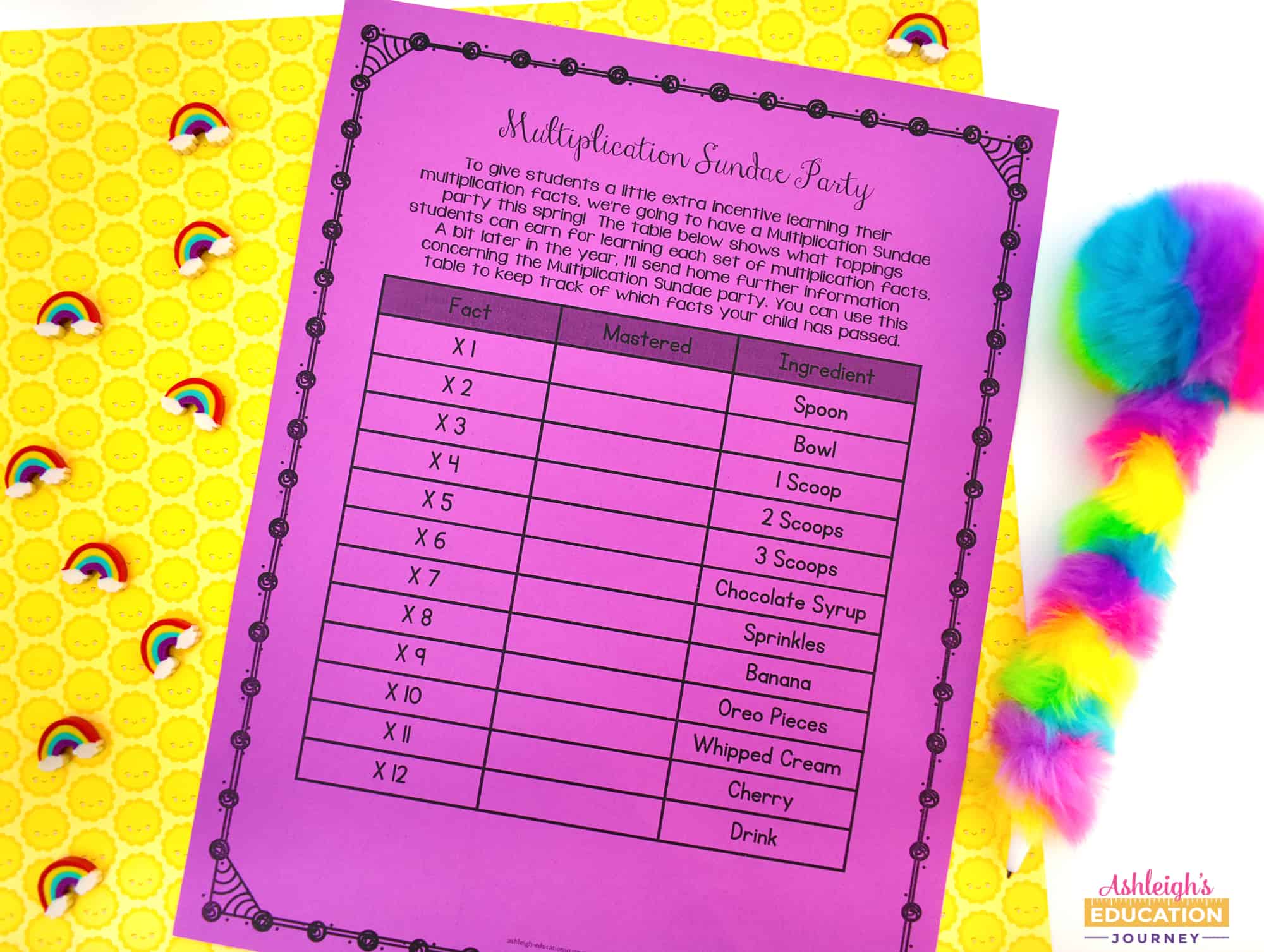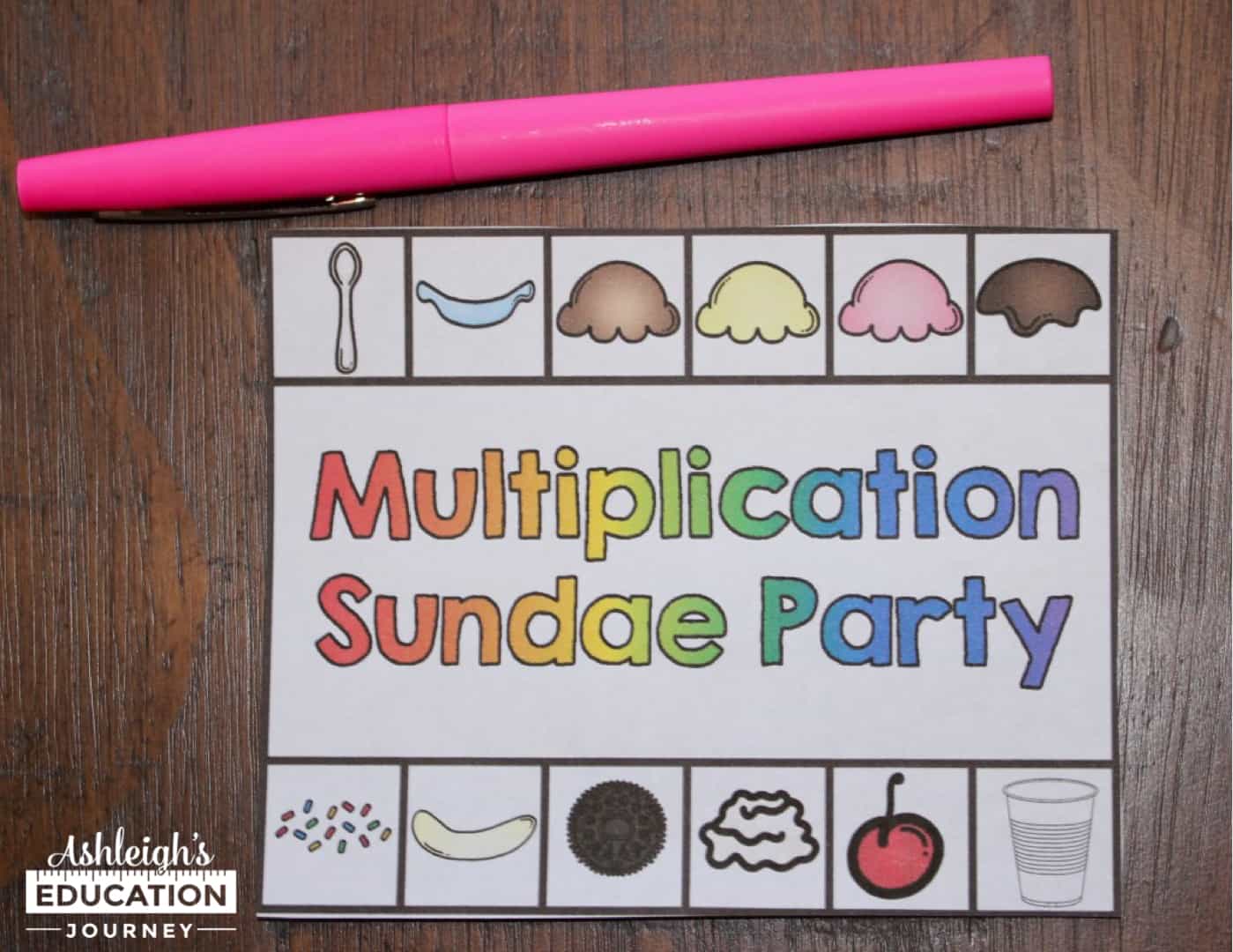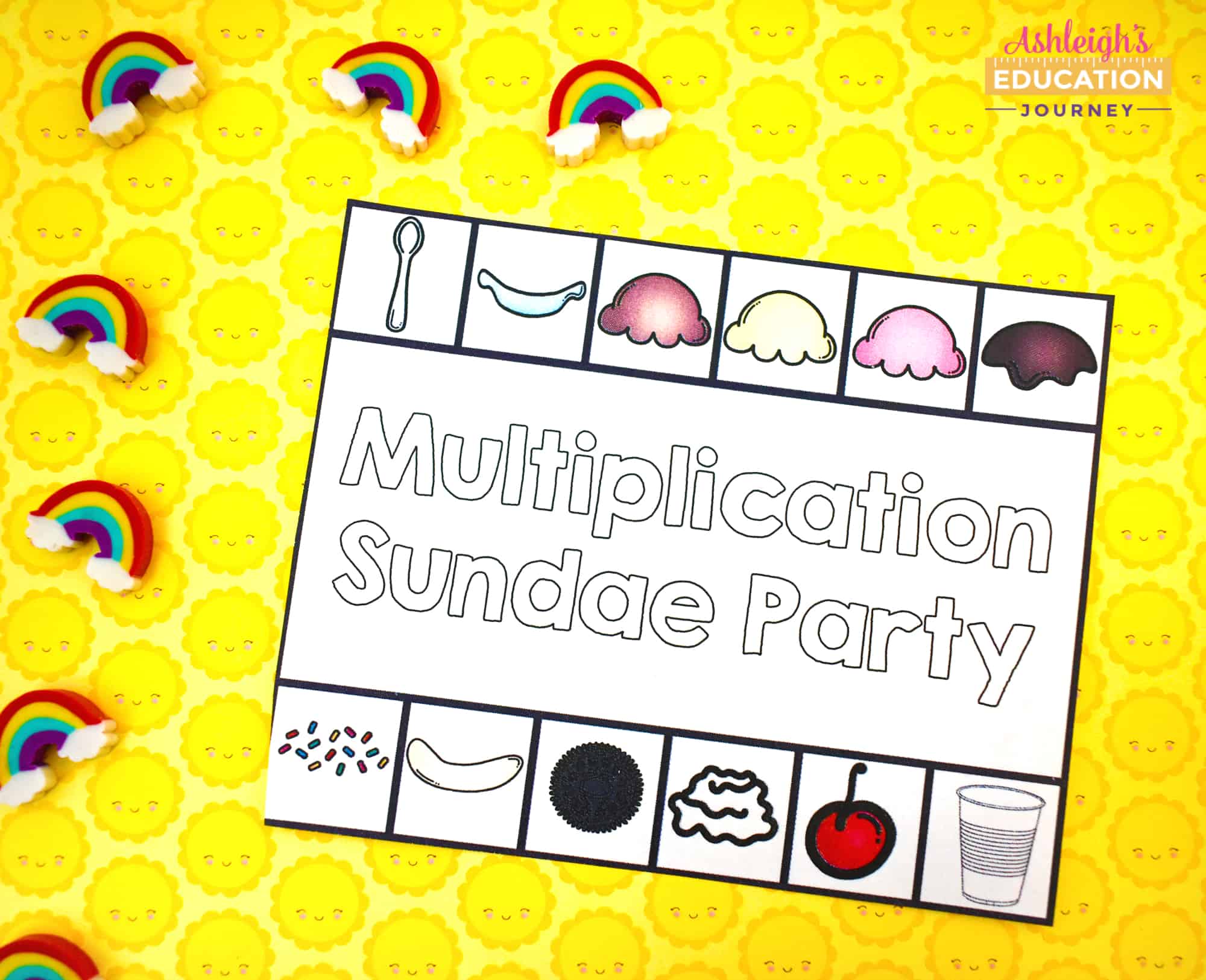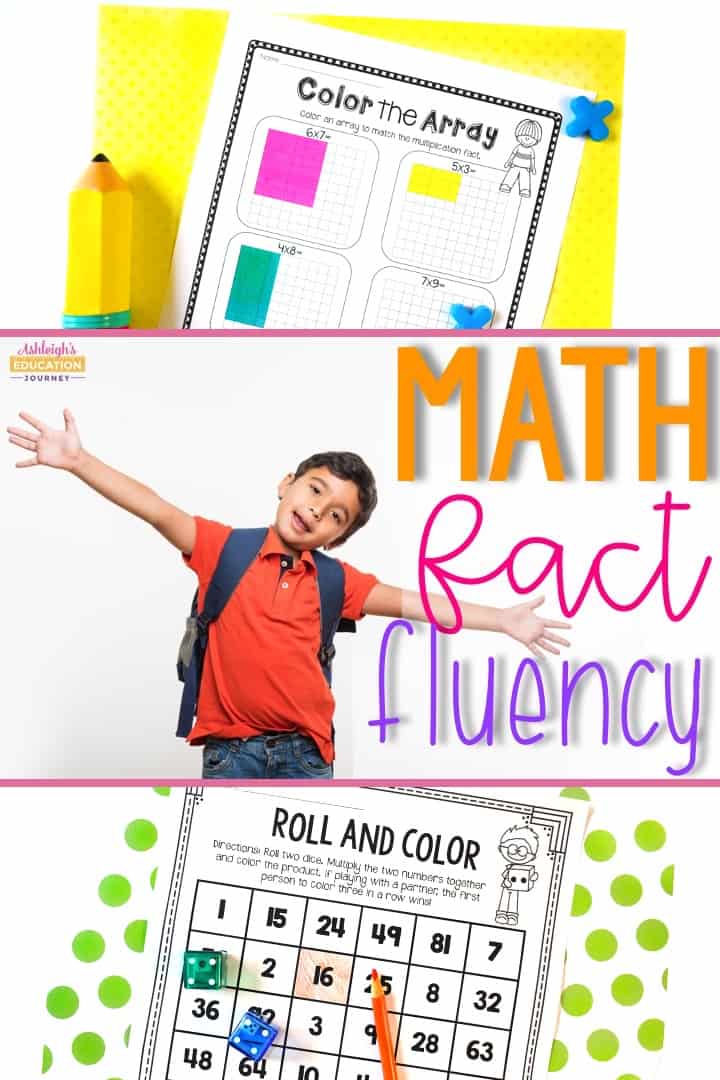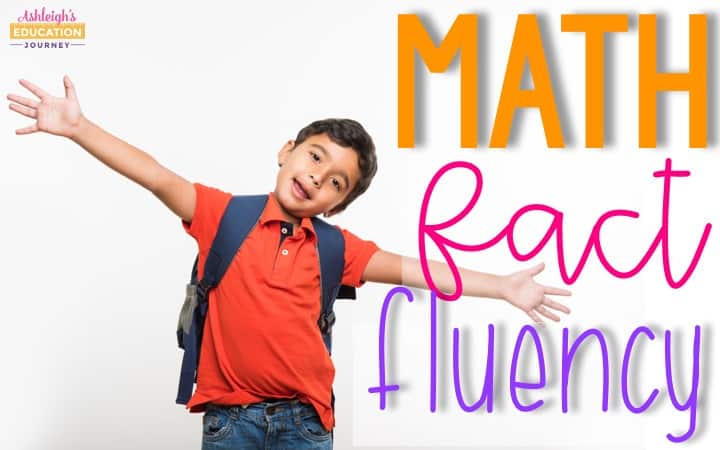
Math fluency plays a critical role in the upper elementary classroom, and I hope to share some of my favorite strategies with you. No matter what state you teach in, more than likely math fluency is mentioned somewhere in your standards. However, before beginning a blog post on math fact fluency, it’s essential to fully understand what exactly math fluency is. According to the National Council of Teachers of Mathematics,
That’s a lot to take in! As a new teacher, I always viewed fluency in math as solely the memorization of math facts, but over the years I’ve learned that it’s so much more. (Don’t worry this isn’t going to be a “don’t teach students math facts” post. We’ll get to that soon!)
Math fluency is more than memorizing math facts or procedures. Conceptual understanding is an essential foundation for math, but procedural knowledge is important as well. All students need to have a deep and flexible knowledge of a variety of procedures, along with an ability to determine which procedures or strategies are appropriate for use in particular situations. Effective math instruction provides experiences that help students connect procedures with concepts and provides students with opportunities to practice the strategies.
Math facts are a small, but important, part of math and they are best learned through the use of numbers in different ways and situations. When students focus on memorizing math facts, they often memorize facts without number sense. As we teach math facts, we must remember that some students will be slower when memorizing their facts, but that they still have great math potential. We must prevent students who don’t memorize math facts well from feeling that they can never be successful with math.
Fluency should not require rote memorization. Instead, students should either have a fact meaningfully memorized or be able to produce that fact through a highly efficient strategy. A student has mastered a math fact if they can produce an answer within three seconds, through either recall or an efficient strategy. When giving any type of timed test, digital or written, I do allow extra time for the act of recording the number. Some students can recall the math fact within three seconds, but they are not physically able to record the number within that time frame.
I want math facts to be effortless for my students, so their focus and energy can be geared toward problem solving and upper level math concepts, rather than basic computation. The remainder of this blog post shares some of my ideas and strategies for teaching math facts along with developing number sense.
 I do not teach a multiplication facts unit, but I do teach a unit on the concept of multiplication and multiplication strategies, and you can see some of those instructional lessons here. We begin with a grouping model, where students build models of groups with a certain number in each group. I also spend a great deal of time teaching arrays and repeated addition, and a little time teaching multiplication on a number line. Much of the practice is based on my No Prep Multiplication pack. I use these for extra practice, because this is building students’ multiplicative number sense, which will allow students to begin learning their multiplication facts.
I do not teach a multiplication facts unit, but I do teach a unit on the concept of multiplication and multiplication strategies, and you can see some of those instructional lessons here. We begin with a grouping model, where students build models of groups with a certain number in each group. I also spend a great deal of time teaching arrays and repeated addition, and a little time teaching multiplication on a number line. Much of the practice is based on my No Prep Multiplication pack. I use these for extra practice, because this is building students’ multiplicative number sense, which will allow students to begin learning their multiplication facts.

I also incorporate multiplication practice into our math centers each week, and I always have at least two centers where students play different multiplication games. Most of my games include a built-in spinner or dice. If I’m trying to save paper and copies (which is always), I like to laminate the paper and let students use counters rather than coloring in boxes. This allows me to reuse the same forms again and again. All of my games below are from my No Prep Multiplication pack.

I also send home one of my Weekly Multiplication Games for homework, which have been a huge success with my students and their parents. This is not homework in a traditional sense, as there is no worksheet or assignment to complete. Instead, I send home a new multiplication game each week. The only special materials needed are dice and a deck of playing cards, which are both extremely inexpensive. At first I was worried that this would be a waste of my time, but I soon found that students WANTED to play these games!

As I mentioned above, the best way to develop fluency with numbers is to develop number sense and to work with numbers in different ways, not to blindly memorize without number sense. I love using my Multiplication Fact Booklets for additional practice. As students work through their booklets, they gain a conceptual understanding of each multiplication fact; they are able to solve the fact with multiple strategies, as well as begin to observe patterns and develop a mathematical vocabulary.

Math fact flash cards have been around since I was in school, and I’ve created a set of flash cards with a twist. Rather than giving students a multiplication number sentence, these flash cards show students a multiplicative set, where students try to automatically see how many groups there are, how many are in each group, and the total number of dots. I love using these multiplication subitizing flash cards to foster multiplicative reasoning and automaticity. These help students take multiplication understanding from concrete to abstract. You can download these cards here.

I love Xtra Math because it’s free, it progresses students through multiplication acts in a logical order, and because students type in the answer regardless of how long it takes them to solve the multiplication problem. I also like that I can adjust what programs my students are working on. I’ve shared a clip from my account to show how varied students’ programs can be-for example, some students are still working on multiplication facts with a six second time limit, some are working on multiplication facts with a three second time limit, and some are on division facts with a six second time limit, and some on division with a three second time limit. This way, I can see when my students practice, and I can observe their growth over time. I only use this as a tool, and not for my multiplication instruction.
I love celebrating students’ growth and learning, and to celebrate learning multiplication facts students have an ice cream sundae party. Students earn spoons, bowls, ice cream, and toppings as they learn each set of multiplication facts. I always have to explain that no one is HAS to get a topping they don’t like, and that I’ll have an alternative (sorbet or something else) for those who can’t have dairy. I send the letter below home, and students can use it as a reference of what topping they are working toward. Lastly, I also have an alternative version of the letter that is better suited for Xtra Math. This is a bit more equitable for students, since you can control the settings on Xtra Math and differentiate as needed. This will allow you to push students who need a little extra nudge, and give some students a little extra time. You can download this version here.
I also printed a little coloring activity where students can color in parts of their ice cream sundae as they master each set of facts. I typically have several parent volunteers for the multiplication sundae party, and one of the challenges I’ve had, was that parents didn’t know who got what topping. To help with this, I made a multiplication sundae punch card. I’ll let students punch the corresponding square when they pass a set of multiplication facts. Students will use this as their ticket to the party. You can download the punch card here.
Hopefully, this post will leave you with a few new ideas for teaching math facts with number sense.

